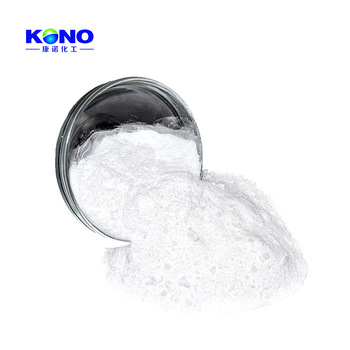乳糖酶
Lactase
¥1000
25Kg/Drum
起订
陕西 更新日期:2024-08-14
产品详情:
- 中文名称:
- 乳糖酶
- 英文名称:
- Lactase
- CAS号:
- 9031-11-2
- 纯度规格:
- 99%
- 产品类别:
- 原料药
公司简介
康诺化工占地面积312, 000平方米,科技人员占35%以上。公司本部位于陕西省西安市,其下设两个化工发酵车间,一个中试反应车间,一个省级研发中心。公司成立以来,先后按照ISO9000、ISO14001、规范获得了海内外客户的认可和权威实验室的审计。目前公司主要产品涉及生物医药、香精香料、农药中间体、兽药开发、以及部分定制合成。
康诺化工携全面EHS管理及高品质优势,85%产品行销于世界50多个国家,与CIPLA、BIOCON、DSM等跨国公司建立了长期战略合作伙伴关系。公司秉承“诚信,勤奋”的经营宗旨,以高效的研发体系,朴实勤奋的员工,勇于负责的企业文化,诚邀愿长期合作的国内外业界同仁为化学原料行业的发展共赴使命。
| 成立日期 | (11年) |
| 注册资本 | 101万 |
| 员工人数 | 10-50人 |
| 年营业额 | ¥ 1000万-5000万 |
| 经营模式 | 贸易,工厂,试剂,定制,服务 |
| 主营行业 | 医药中间体,香精和香料中间体,原料药,激素类 |
乳糖酶相关厂家报价 更多
-
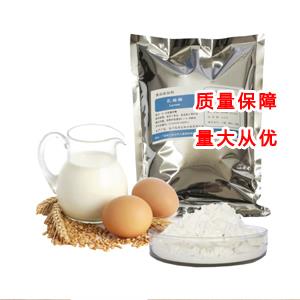
- 半乳糖苷酶
- 江苏奥福生物科技有限公司 VIP
- 2025-02-11
- ¥220
-
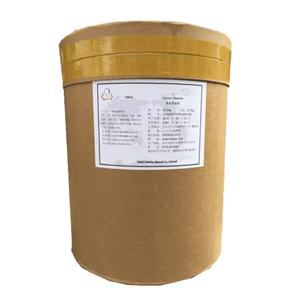
- 酸性乳糖酶/β-半乳糖苷酶
- 山东爱采生物科技有限公司 VIP
- 2025-02-11
- ¥500
-

- 半乳糖苷酶
- 西安拉维亚生物科技有限公司 VIP
- 2025-02-11
- ¥220
-
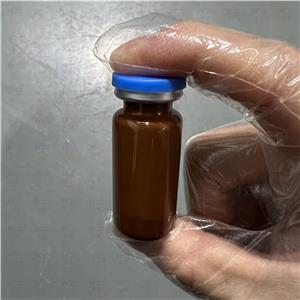
- β-半乳糖苷酶(GAL) 9031-11-2 湖北威德利找张军
- 湖北威德利化学科技有限公司 VIP
- 2025-02-11
- ¥500
-
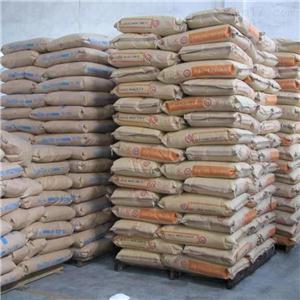
- 半乳糖苷酶食品添加剂用于乳品乳糖消化酶
- 河北九星化工产品有限公司 VIP
- 2025-02-11
- ¥220
-

- B-D-半乳糖苷酶9031-11-2现货库存 下单当天发货
- 湖北魏氏化学试剂股份有限公司 VIP
- 2025-02-11
- ¥1490
-
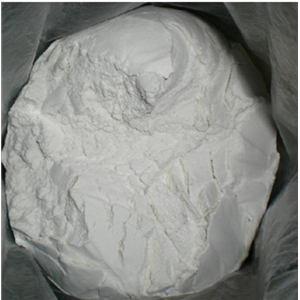
- 乳糖酶
- 郑州裕和食品添加剂有限公司 VIP
- 2025-02-11
- ¥260
-
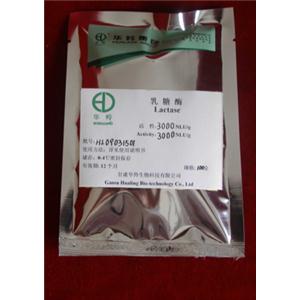
- 乳糖酶
- 河北创之源生物科技有限公司 VIP
- 2025-02-11
- ¥200
-
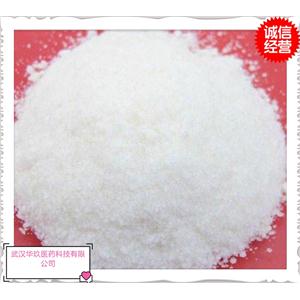
- β-半乳糖苷酶
- 武汉华玖医药科技有限公司 VIP
- 2025-02-11
- 询价
-
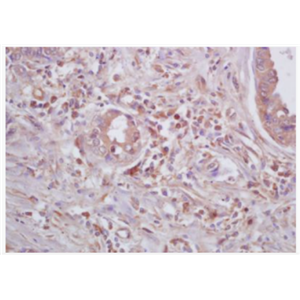
- Anti-Beta galactosidase antibody-β半乳糖苷酶抗体
- 上海沪震实业有限公司 VIP
- 2025-02-11
- ¥1138

